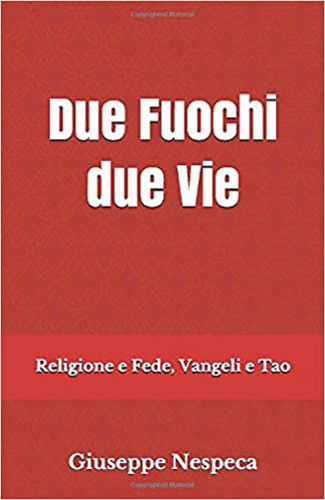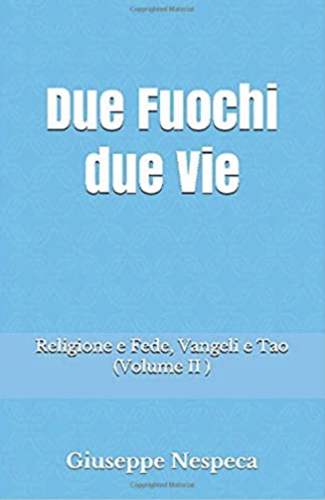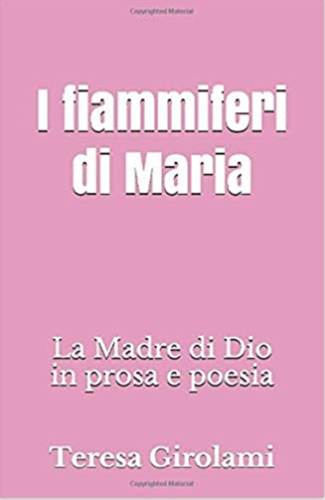1. "Stabat Mater dolorosa . . .".
"The sorrowful Mother stood weeping at the Cross, from which her Son hung."
Today, 15 September, the liturgical calendar commemorates the sorrows of the Blessed Virgin Mary. It is preceded by the feast of the Exaltation of the Holy Cross, which we celebrated yesterday.
What a shocking mystery the Cross is! After meditating on it at length, St. Paul wrote to the Christians of Galatia: "As for me, there is no other boast than the cross of our Lord Jesus Christ, through which the world has been crucified to me, as I to the world" (Gal 6:14).
The Blessed Virgin could also have repeated these same words, and with even greater truth! Contemplating her dying Son on Calvary, she understood that the "boast" of her divine motherhood reached its peak at that moment by participating directly in the work of Redemption. She also understood that human suffering, taken on by her crucified Son, now acquired an inestimable value.
2. Today, therefore, the Sorrowful Virgin, standing beside the Cross, speaks to us with the silent eloquence of her example about the meaning of suffering in the divine plan of Redemption.
She was the first to know and desire to participate in the mystery of salvation, "associating herself with a maternal heart with the sacrifice of Christ, lovingly consenting to the immolation of the victim she had brought forth" (Lumen Gentium, 58). Deeply enriched by this ineffable experience, she approaches those who suffer, takes them by the hand, and invites them to climb Calvary with her and to pause before the Crucified One.
In that tortured body is the only convincing answer to the questions that rise imperiously from the heart. And with the answer comes the strength necessary to take one's place in that struggle which, as I wrote in the Apostolic Letter Salvifici doloris, pits the forces of good against those of evil (cf. Ioannis Pauli PP. II, Salvifici doloris, n. 27). And I added: "Those who share in the sufferings of Christ preserve in their own sufferings a very special particle of the infinite treasure of the Redemption of the world, and they can share this treasure with others" (Ibid.).
3. Let us ask Our Lady of Sorrows to nourish in us the firmness of faith and the ardour of charity, so that we may courageously carry our daily cross (cf. Lk 9:23) and thus participate effectively in the work of Redemption.
"Fac ut ardeat cor meum . . .", "Make my heart burn with love for Christ God, so that I may be pleasing to him!". Amen!
[Pope John Paul II, Angelus, 15 September 1991]












